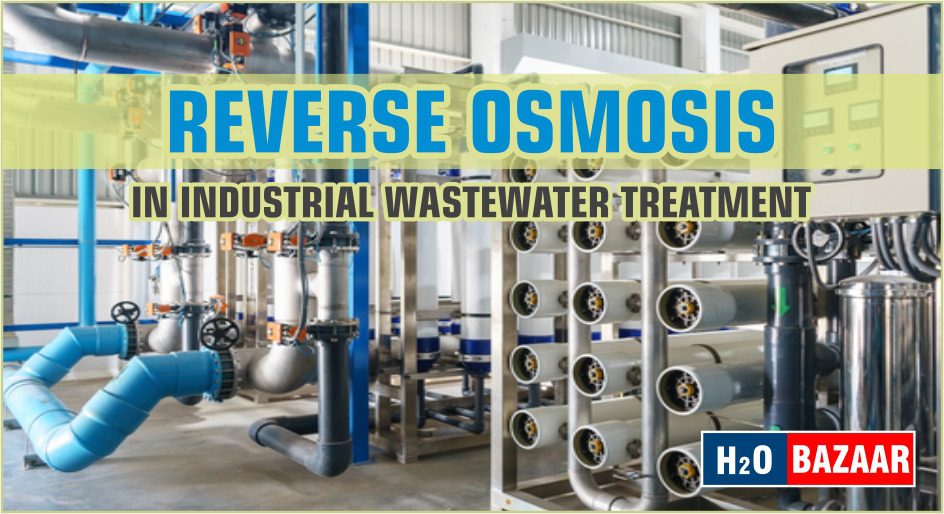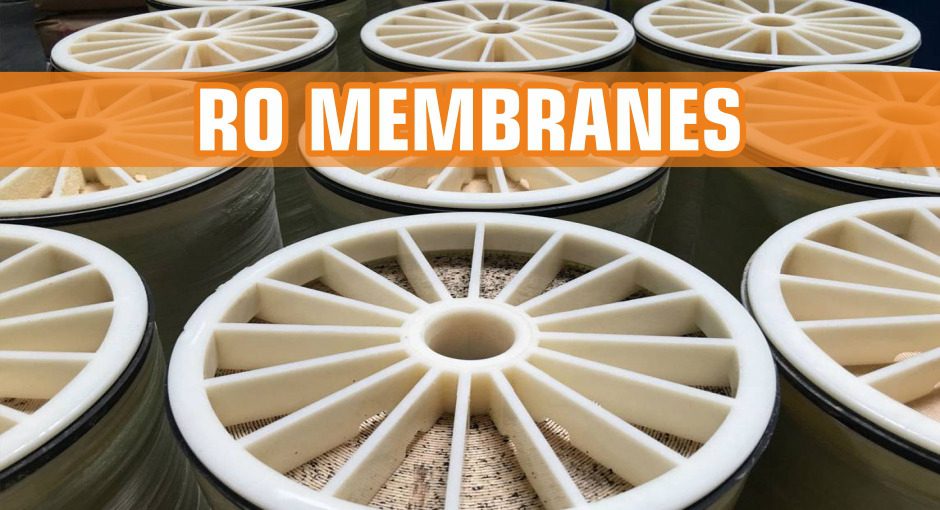


Dec 26
Reverse Osmosis (RO) is growing in popularity when it comes to managing and treating wastewater, especially in industrial processes.Companies are becoming aware of the importance and responsibility they have when dealing with very large quantities of water. Water filtration systems like RO are an investment that companies should be making.
They provide a safer working environment, less maintenance and over time will save money. They’re also required to meet certain regulations and laws.As society is becoming more eco-conscious, regulations and rules are becoming stricter.Penalties are also becoming heavier, the managing director of the business that fails to meet regulations could face imprisonment.
Having the correct wastewater treatment and management is crucial to your business. Not only to meet regulations, but it can also save money by reusing water that would otherwise get disposed of.
Below is a list of some of the industries that generate wastewater through production:


The direct meaning of reverse osmosis (RO) is the movement of water through a membrane when pressure is applied on one side of the membrane. Reverse osmosis is one of the most effective, economical technologies available for removing a range of impurities from water.
Reverse osmosis is a water filtration technique that uses a thin, semipermeable membrane with tiny pores that admit pure water through while keeping out bigger molecules like ionized dissolved salts and other impurities. Reverse osmosis generates highly purified water and is useful for industrial boilers, drinking water systems, seawater desalination, pharmaceutical production, cosmetics production, food and beverage processing and many other applications.
It is a process that industry uses to clean water, whether for industrial process applications or to convert brackish water, to clean up wastewater, or to recover salts from industrial processes.
Reverse osmosis will not remove all contaminants from water as dissolved gases such as dissolved oxygen and carbon dioxide not being removed. But reverse osmosis can be very effective at removing other products such as trihalomethanes (THMs), some pesticides, solvents and other volatile organic compounds (VOCs).
Wastewater reclamation has become a viable alternative to supplement water supplies in water-short areas. In particular, membrane treatment has played an important role in purifying water cost-effectively.
Reverse osmosis (RO) membranes have been shown to significantly reduce total dissolved solids, heavy metals, organic pollutants, viruses, bacteria, and other dissolved contaminants. Experience from commercial membrane wastewater treatment plants has demonstrated that key design parameters must be followed to prevent rapid membrane fouling, and thus reduce high system maintenance costs and significant downtime.
Membrane technology is playing an increasingly important role in the reclamation of municipal wastewater. Due to the growing demand for high quality water in urban areas, purification of wastewater becomes one of the preferred means of augmenting water resources. In particular, high quality reclaimed wastewater can be used for industrial customers. For example, it is being used for making boiler feedwater and semiconductor process water. RO membranes have been proven to successfully treat such wastewater and provide water that exceeds reuse quality requirements. Numerous large-scale commercial membrane plants are now being used to reclaim municipal wastewater.
Current best practices include the use of ultrafiltration or microfiltration membranes to remove colloidal debris, maintain a chloramine residual to prevent bio growth, select proper antiscalant chemicals, limit RO recovery rates to prevent membrane scaling, and use membranes that minimize organic fouling. Select conventional polyamide and low-fouling membranes have been used successfully at plants such as the West Basin Wastewater treatment plant in California or the Bedok and Kranji plants in Singapore. These large-scale plants provide the basis for even larger plants and greater contributions to the water supply in needy regions.
Common membrane materials include polyamide thin-film composites (TFC), cellulose acetate (CA) and cellulose triacetate (CTA) with the membrane material being spiral wound around a tube, or hollow fibers bundled together.
Hollow fiber membranes have a greater surface area and hence capacity is higher, but are more easily blocked than spiral wound membranes.


RO membranes are rated for their ability to reject compounds from contaminated water. A rejection rate (% rejection) is calculated for each specific ion or contaminant as well as for reduction of total dissolved solids (TDS).
A reverse osmosis system is dependent upon and built around its individual membranes. Each membrane consists of a spiral-wound sheet of semi-permeable material (varies dependent on application). Membranes are available in 2-inch, 4-inch, and 8-inch diameter with the 4- and 8-inch diameter sizes most commonly used in the water treatment industry. The water treatment industry, as a whole, has accepted a 40-inch length as a standard size so that membranes from different manufacturers are interchangeable in equipment systems. One of the primary measurements of a membrane is its square footage. Membranes are available in the range of 350-450 sq. ft. of surface area.
Semi-permeable membranes were first constructed using cellulose acetate (CA), however, the industry later switched (primarily) to the use of a thin film composite (TFC) being placed on top of a stronger substrate. TFC membranes are primarily used today.
Learn more about reverse osmosis plants in terms of commercial and industrial productsat h2obazaar.com!
If you look at a reverse osmosis diagram for an industrial facility, you may see three to five main stages taking place. A three-stage reverse osmosis system includes a sediment filter, a carbon filter and a semipermeable membrane. These are stages one, two and three, respectively. A four-stage system adds another membrane to filter out particles the first membrane may have missed.
How does a five-stage reverse osmosis system work? A five-stage system sends its water through the same sediment filter, carbon filter and semipermeable membranes. It also adds post-filtration, sending the water through an additional carbon filter to remove any lingering impurities. Some five-stage RO systems also add a remineralization step that returns beneficial minerals to the treated water.
Below are the basic steps of an industrial reverse osmosis system:
Reverse osmosis can remove a wide range of dissolved solids from water, including the following:
Some reverse osmosis systems can also remove organic contaminants like certain viruses and bacteria from water, though they may not be able to remove 100% of these contaminants.
For the best in industrial reverse osmosis systems, count on H2OBAZAAR.COM for quality, turnkey systems and quick, convenient access to expert advice.
Reverse osmosis solutions canpurify your water and reduce alkalinity and water hardness while keeping your costs and energy consumption low. You can benefit by consulting with our experts when you have questions about your reverse osmosis system or about which one might be best for your operations.